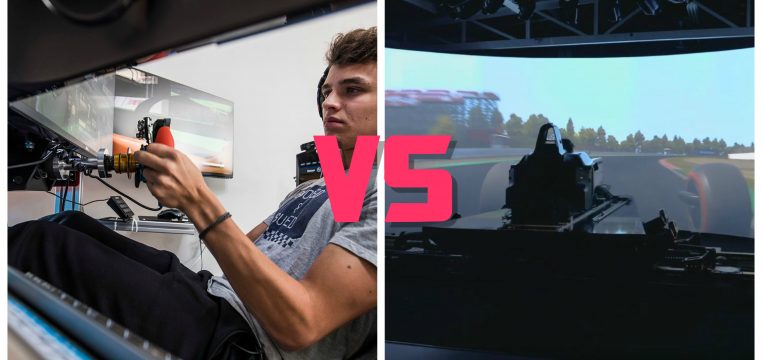A driving Simulator is an increasingly used tool nowadays. As you know for sure, they are used intensively by professional motorsport teams. Especially Formula 1, but also WEC, Nascar, and other categories. There is, however, a distinction to be made between a professional driving simulator and a sim-racing rig.
Nowadays, the world of gaming and video games has reached levels of realism and incredible graphic details. The world of sim racing, which we are dealing with, has grown a lot in recent years. Thanks also to the fact that young drivers practiced a lot with racing games. Some of them are spokespersons today. Among these, Max Verstappen (Red Bull Racing) and Lando Norris (Mclaren).
The term driving simulator, therefore, can be used to describe a professional tool for highly professional use. But it can also be used to describe an amateur driving rig, known as sim-racing.
What Are The Main Differences Of A Professional Driving Simulator From An Home Rig Let’s Say?
A professional driving simulator is a system of several components. All connected, whose goal is to recreate a simulation environment in the most immersive way possible. I think this is exactly what differentiates a professional simulator from a home station: the immersive factor.
Inside a professional driving simulator, DIL (driver in the loop), the driver is actually sitting in the cockpit of the real counterpart. In front of it, it has a giant screen. Usually, 180°, sometimes larger, above which a virtual image is projected by three, or more projectors. This image “trick” the driver’s brain, leaving him with the feeling of actually being on the track. Added to this is the actual movement of the cockpit. This, through the actuators (usually 6), faithfully reproduces the various sensations that are felt while driving. Therefore: braking, acceleration, lateral force.
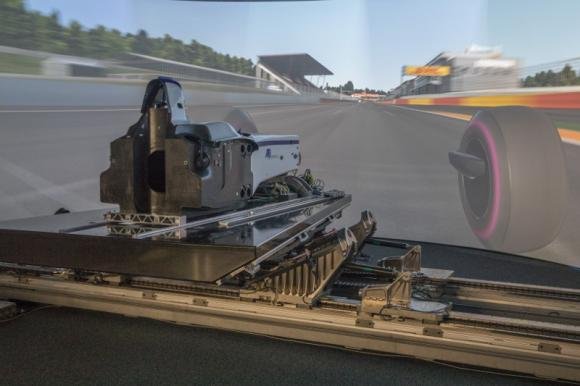
Actuators are not necessarily used to reproduce car movements. For example, the F1 team’s professional simulator, Rokit Williams Racing and Alfa Romeo Racing, uses a different solution. Called Advanced Vehicle Driving Simulator (aVDS), developed by AB Dynamics. Is a versatile and innovative driving simulator, combining a high-performance motion platform and high specification audio and visual hardware with industry-leading virtual content from rFpro. You can watch a video here.
The industry-leading software it’s rFpro. rFpro is a completely independent company, with zero links to Studio397 or the rFactor2 game.
A number of years ago the source code base split between the rFactor2 gaming engine and the rendering engine used by rFpro.The code has now been developed completely independently for many years. rFpro is completely focused on physical-based simulation for the professional engineering market.
I am a great fan of the good old rFactor and I continue to use it to these days. Together with engineers we recreate the physics of the F1 model car you see in my videos.
Some F1 Driving Simulators Tech Infos
Among the various Formula 1 teams, given that we are talking about F1 simulators, we certainly mention the Ferrari one. The so-called Spider. This simulator is the same used by Dallara in its factory to simulate the Indycar, Formula 3 and Gp2 cars. There is another one in Indianapolis.
The Ferrari simulator uses the rFpro software, while the actuators system is by Moog inc.
Red Bull Racing, on the other hand, built its own simulator “in house” thanks to Red Bull Technology. All in all, it’s a fairly simple simulator, but simply doesn’t mean less efficient. The boys won 4 constructor titles and 4 drivers championships, also because of their simulator. The cockpit is from an old Rb1, from 2005. Repainted every year to update its official colors and the various sponsors. The movement is produced by 6 actuators. The image is projected on a 180° screen by 3 Barco projectors, rFpro software.
Mclaren uses a simulator produced by MTS Vehicle Dynamic. He uses it both for the production of road cars and for the training of his F1 drivers. The software also here it’s rFpro.
The reigning champions of Mercedes AMG, use rFpro 180° screen 3 projectors and a moving platform. On this, rests a black carbon fiber F1 cockpit.
All these simulators have something in common: the software, the projectors. But above all the fact that they all use the direct drive steering wheel. The steering wheel faithfully reproduces the driving sensations in real-time. The pedals, then, are the same used by the respective single-seaters.
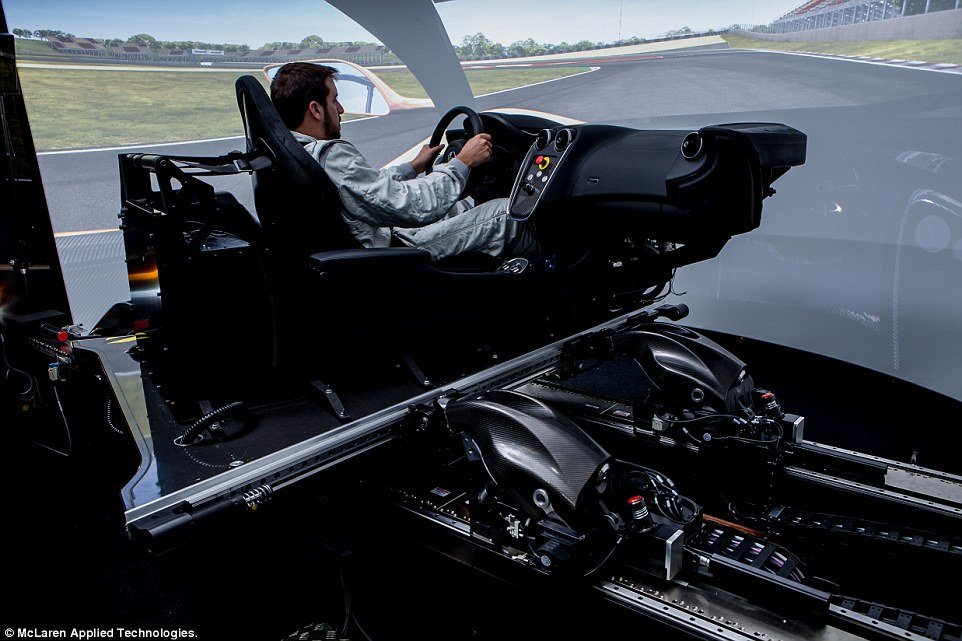
Is It Therefore Possible To Have A Driving Simulator At home?
It is very difficult to have a system like that in your home. But it is certainly possible to recreate a system that allows us to train when we are at home. Or when the drivers for example have some free time. For example, the current season suspended because of Covid-19.
Drivers such as Lando Norris and Max Verstappen are pioneers in this area. And, I must say, their Twitch broadcasts contribute to cheering up these days of quarantine. Lately, Carlos Sainz also had a simulator setup at his apartment in the UK.
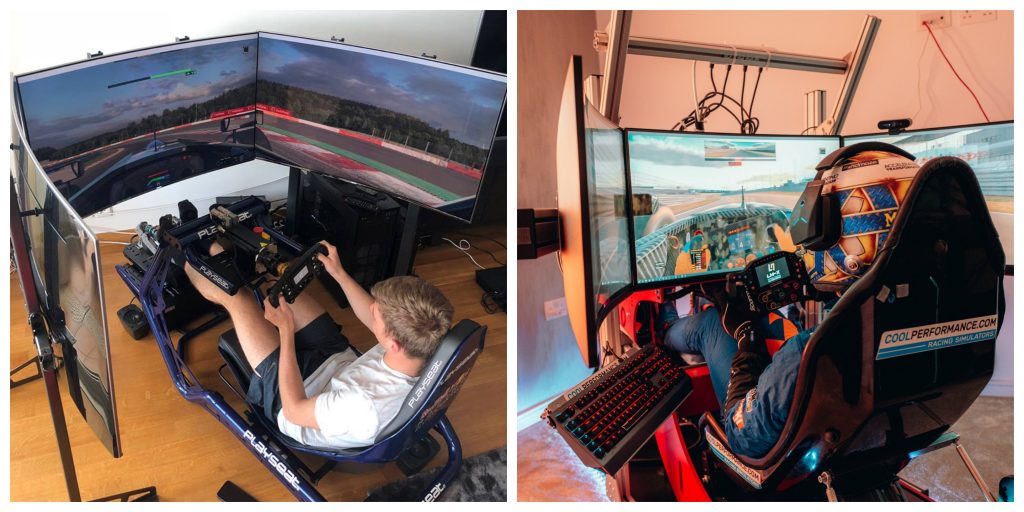
Both are using Iracing as software, due to the fact that is very common for online racing, two different stations, and setups. Lando uses a Cool Performance simulator, with Leo Bodnar steering wheel, and three screens. Indeed, 5! We are talking about the top of the range components.
Max, I’ve checked, uses a playset seat, and a Leo Bodnar steering wheel. Both use a direct drive, of course, and 3 or more screens.
So, yes, it is possible to have a home setup that can compete with a professional driving simulator. Such as those who use professional drivers for training and setup before the GP in their respective Teams headquarters.
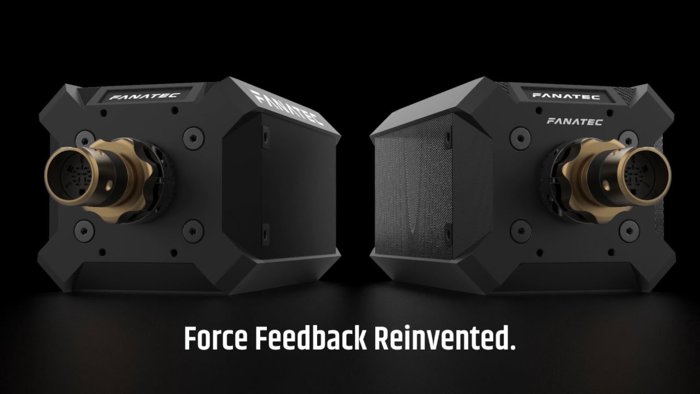
Different Use Of A Driving Simulator a Part From Motorsport
We talked about how the simulator is used intensively by the professional teams of the top motorsport categories. We have also seen how many drivers now have a driving simulator at home. To train, to spend the time, and also to compete online. But does the use of a simulator stop here? The answer is obviously no.
The continuous technological progress has seen in recent years modern cars become veritable traveling laboratories. Equipped with electronic driver assistance systems developed to protect the safety of the driver and passenger as much as possible. These electronic aids are indicated with the acronym ADAS (Advanced Driver Assistance Systems). This abbreviation identifies all the devices on the car to increase driving comfort and safety levels.
The simulators also come in very useful also in this case. Recreate the scenarios of our roads with dangers, signs, and vehicles conducted by the AI.
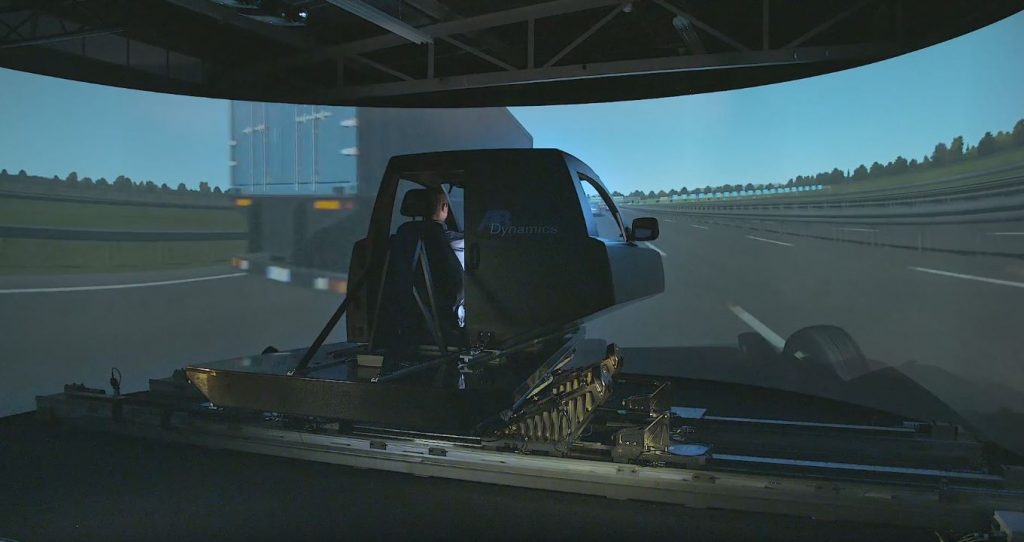
It’s therefore clear how much the use of these tools allows us to study in real-time possible scenarios and situations. See traffic on our roads for example. With a couple of clicks, and check the results in very short times. All this at a limited cost, offering unlimited possibilities of testing and variables and processing the results.
While in the range of motorsport, therefore, driving simulators offer a solution that dramatically reduces costs and risks. Also due to increasingly limited track tests, in the automotive field, they are a very useful tool for our safety. To make our cars smarter and improve the quality of our life.
Due this difficult times, where all we have to stay safe and stay home, we’re working on an idea for an home F1 simulator cockpit, for all of you guys. Would you be interested to know more? Just leave a comment and let us know!
Well, it’s time for me to drive my sim now bye! Leave a comment and let me know your opinion on this!

